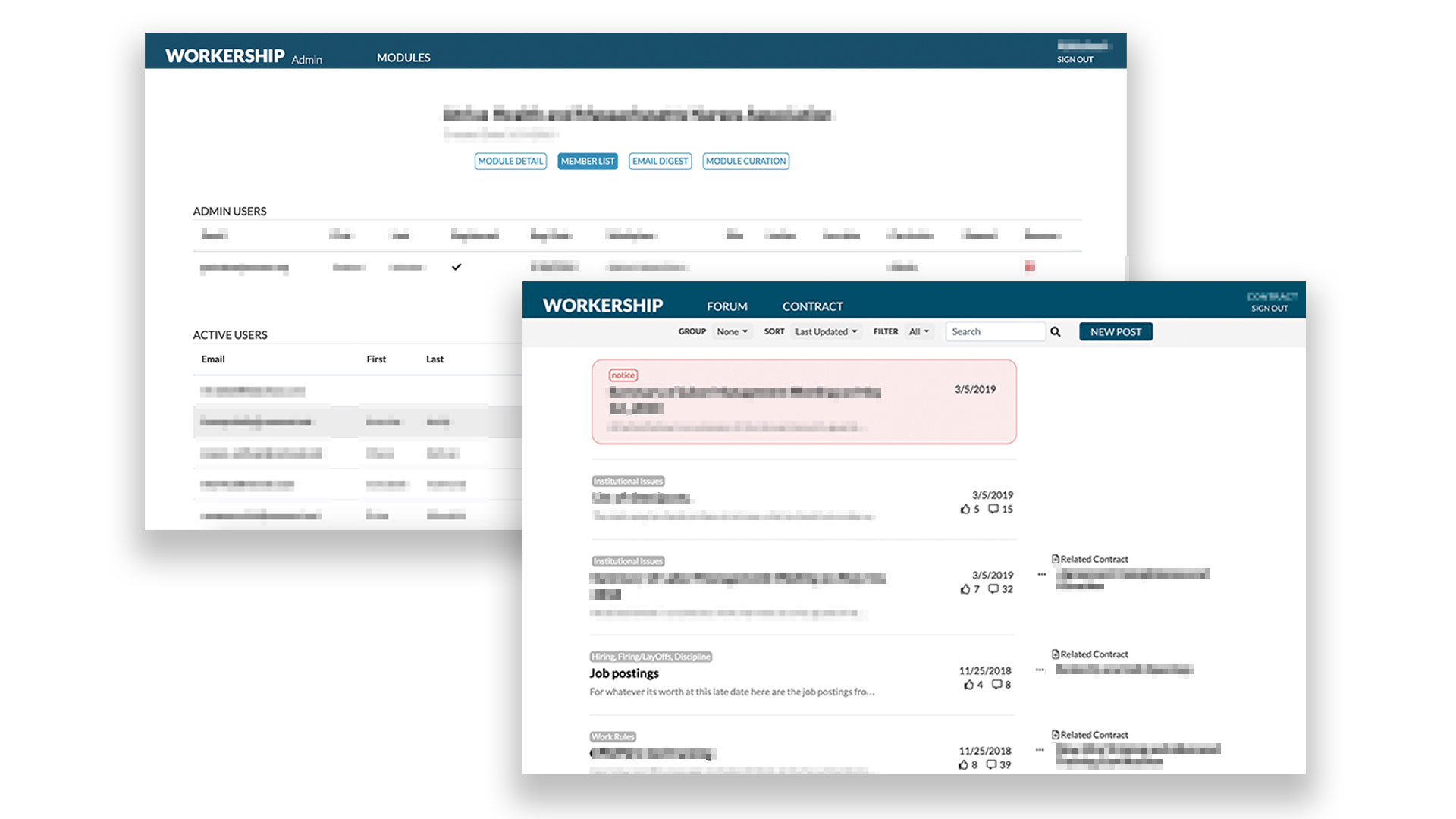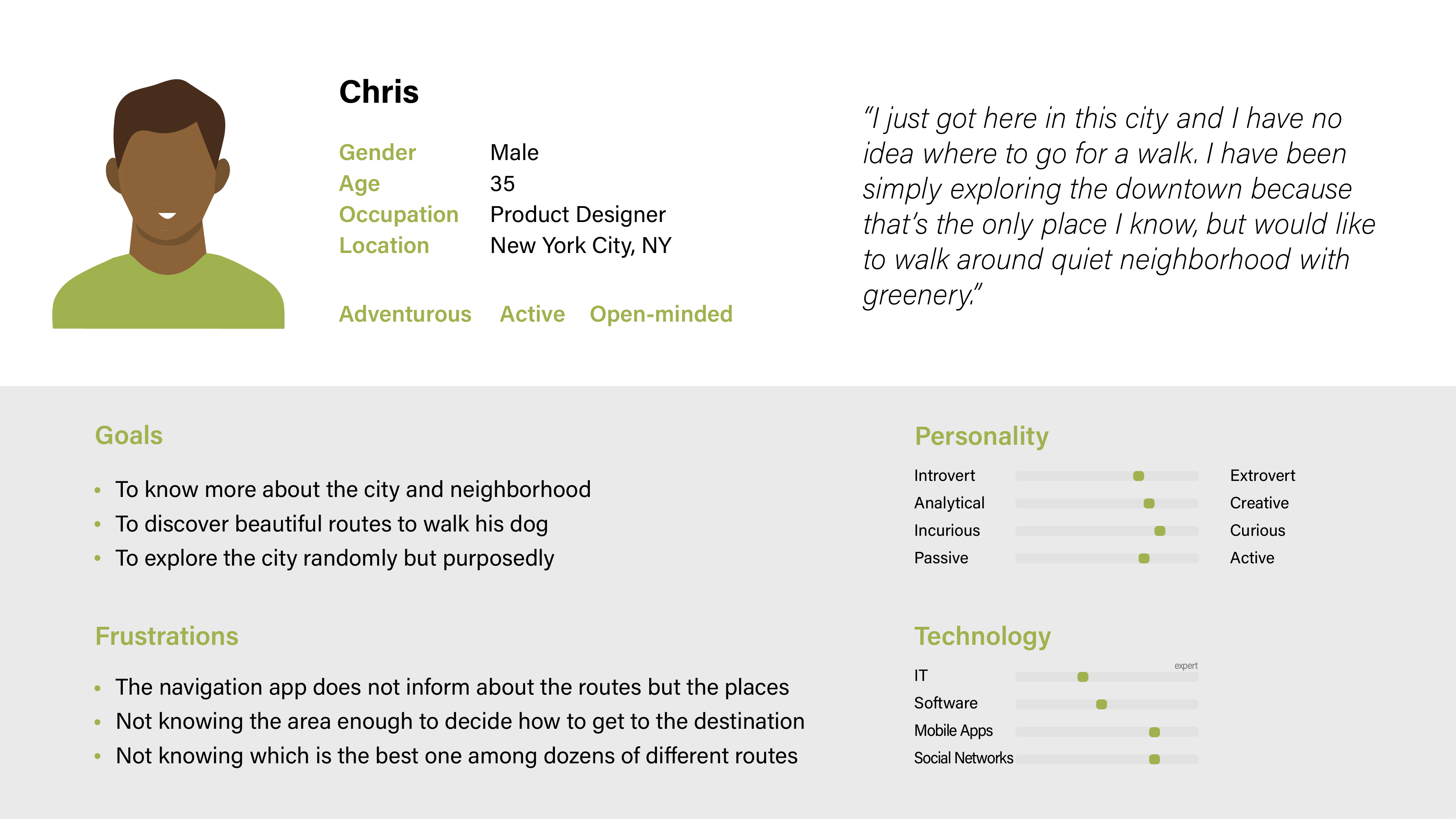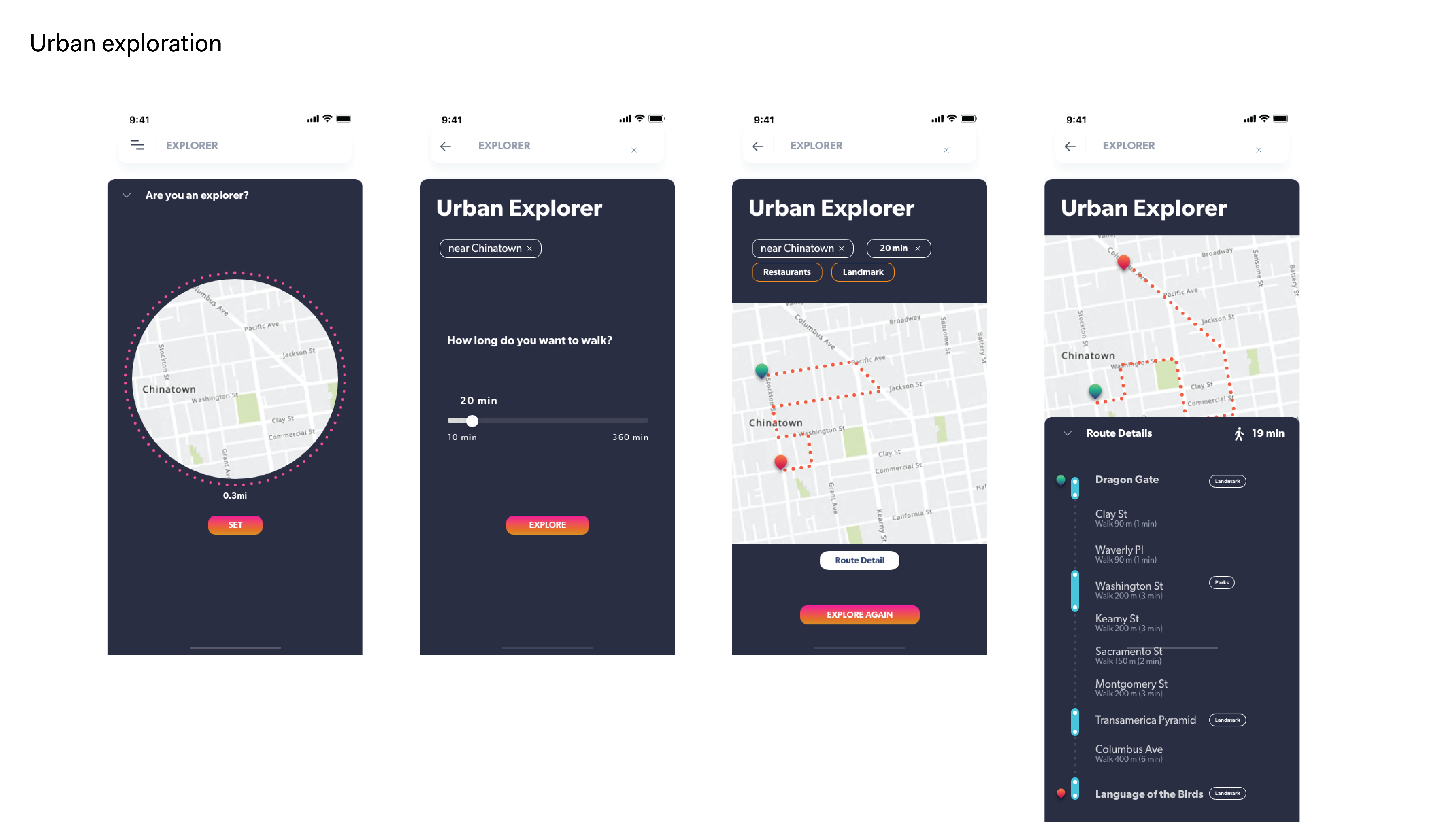#InteractionDesign #UX #ProductDesign #Startup
Workership
Professional | Startup | 2019
Duration: 8 months
Role: UX Research, UI Design, Front-end Web Development, Service Flow Design
Tools: Adobe Illustrator, Adobe XD
Language: HTML, PHP, CSS, JavaScript
> How can technology empower workers?

| Problem |
Workers tend to not speak up about their unfair contract items or working conditions because of a fear of retaliation. Also, it is hard to have access to information about their contract, and sometimes they do not even have the copy of contract.
| Goal |
Help workers to easily view and talk about their contract as well as communicate with each other and the union representatives.
>> Building an anonymous platform where only verified workers have access
| Market |


I organized a design workshop, to precisely define painpoints and user persona. We devided the users into three types according to thier roles and needs. And it enabled us to define their identities as well as all members to be on the same page.




User Persona - Trusted User
 User Persona - Regular User
User Persona - Regular User
 Wireframe
Wireframe
Implementation

Mobile version | Web version | Monthly report
Journey as Destination (Product)
Harvard Graduate School of Design | Thesis 2020
Instructor: Alex Krieger, Andres Sevtsuk
Tools: Adobe XD, Adobe Illustrator
︎ Prototype | ︎︎︎ Research Part
> How do we design a navigation system focusing on experience?

| Problem |
Current navigation systems only offer time-based information. However, many alternative routes have different characteristics but similar length, especially in the urban grids. And we may lose some chances to discover gems in our commute routes, only following the shortest route.
| Goal |
The suggested routes help people to discover alternative routes based on their preferences. It not just improves pedestrians experience but also encourages them to step out of their comfort zones and explore.
>>
The users get personalized route recommendations
by offering them alternatives based on their preferences.
This experience-centered approach will expose pedestrians to serendipity and unexpected enjoyment. No matter what they encounter on their journey, their encounters will make their lives more dynamic and exciting.
User Research


How it works

Purpose of walking

| Urban Exploration |

Design



